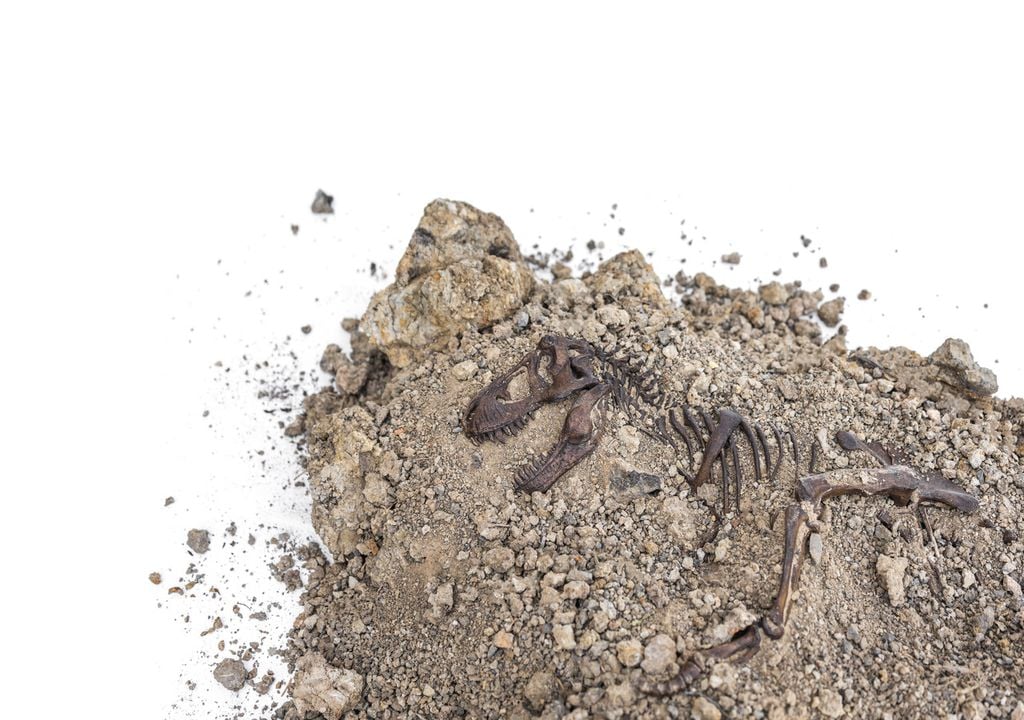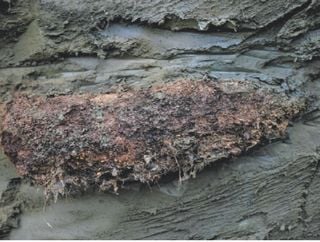New deep-snouted dinosaur from the family of T. rex found at construction site
While not as big as T. rex, the middle-weight tyrannosaur unearthed in Southern China is the first deep-snouted variety to occur in this region.

Researchers have described the remains of a new type of tyrannosaur, Asiatyrannus xui (A. xui), first discovered at a construction site in Ganzhou City, Southern China. This is the first deep-snouted tyrannosaur to be found in this region.
Tyrannosauroidea
A. xui is said to have measured 13 feet from the tip of its nose to its tail and its size is believed to be half that of another tyrannosaur unearthed in the same geographic region, Qianzhousaurus sinensis (Q. sinensis). It is important to note that the researchers believe that the fossil remains belonged to an individual that had not reached full maturity and cannot be certain of its true stature and size.
Q. sinensis and the infamous Tyrannosaurus rex (T. rex) are members of the superfamily Tyrannosauroidea. Within this group, the Tyrannosauridae family includes the well-known T. rex, a dinosaur renowned for its enormous size and position as the top predator. However, Q. sinensis belongs to a distinct branch of Tyrannosauroidea, namely the clade Alioramini. Theropods of this clade are known for having long, slender snouts, leading to their dubbed "Pinocchio rex."
There are some distinguishing physical characteristics of the Tyrannosauroidea superfamily: big, strong heads with strong jaws and big, serrated teeth—perfect for shredding flesh and shattering bone. Many of them share a characteristic that sets them apart, particularly in highly evolved species like T. rex: comparatively short front limbs with two functional digits. They possessed long, stiffened tails that let them travel at fast speeds and maintained their bipedal position by providing stability and balance.
A. xui
With notable features including a “proportionally deeper snout, longer premaxilla, deeper maxilla, and deeper dentary”, along with its small to medium size, the researchers posit that A. xui likely fed on smaller, more agile animals compared to its larger relatives.
The researchers said: “In southeastern China, the Qianzhousaurus undoubtedly occupied the apex predator [role].” The team added, “but Asiatyrannus might represent the small to medium-sized theropod niche between the large-bodied Qianzhousaurus and the diversified small-bodied oviraptorosaurs.”
The presence of A. xui in Southern China (between about 66 and 72 million years ago) could provide further support for the theory concerning the earlier migration of tyrannosaurids to this area.
News reference
Zheng, W., Jin, X., Xie, J. et al. The first deep-snouted tyrannosaur from Upper Cretaceous Ganzhou City of southeastern China (2024).








